Industrial demolition process overview
Industrial demolition is a complex and surgical process that requires a lot more than, well, demolishing. As a plant owner, manager, or engineer, you need to consider all of the arms and legs of a demolition project, like asbestos abatement and environmental remediation. You’ll also want to consider factors like asset recovery, decommissioning, scrap, and safety, as well as maintaining your core project management team.
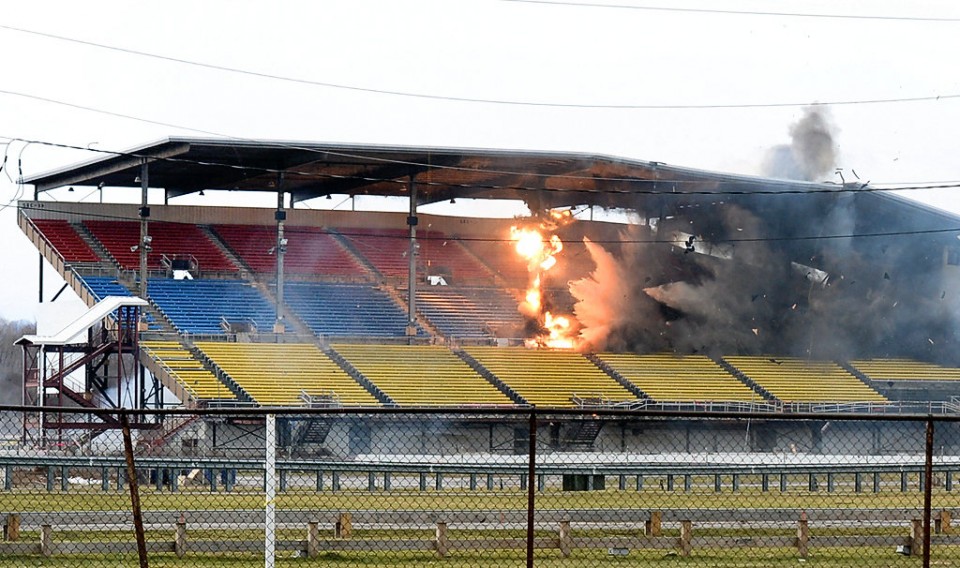
Nobody would blame you if you felt overwhelmed by the entire process or weren’t sure where to start. Perhaps this is the first time you’re considering a demolition or are simply curious to learn more about what it involves.
We’ll guide you through every step and consideration of an industrial demolition project in an effort to answer the most common and recurring questions about the process. Afterall, Industrial demolition is a massive undertaking, but the guidebook we’ve constructed below outlines every major component you’ll need to consider — from retaining your core plant management team to reselling key assets and recycling others.
A demolition project requires extensive and meticulous planning, but we’ve condensed all of the aspects you need to consider to make you feel more prepared.
PART 1: KEEP YOUR PEOPLE AND START EARLY
An industrial demolition project is an extremely detailed, surgical, and often lengthy process that benefits from as much input and context as possible from the people who have spent their careers running, managing, and operating your site.
Once you’ve made the decision to demolish your power plant, it’s important to maintain the most trusted, knowledgeable members of your staff, such as your Plant Manager, Maintenance Manager, Environmental Manager, Engineers, and Security Guards.
A power plant demolition can often take years to complete, and you’ll want your trusted team of advisors and supporters with you from the get-go as your project management team. You need their knowledge of every nook, cranny, and nuance of your power plant to ensure it’s thoroughly decommissioned and safely demolished.
If Pete spilled a barrel of chemicals in the east supply room in 1996, we need to know about it before safely proceeding with demolition and ensuring your space can be redeveloped into a clean green site. They have the unique and intimate understanding we all need to tap into.
Use your contractors as you’re shutting down to clean smaller areas and prepare them for our teams. Make sure you know where your asbestos is and consider hiring a separate contractor to conduct a detailed inspection that identifies every potential hazard and delivers you an asbestos survey.
PART 2: ESTIMATING, SITE VISITS, AND BIDDING
We need to see to believe. During an initial site walkthrough and detailed inspection, we’ll estimate quantities for the job’s scope based on looks, documents, and history of the site. We’ll consider factors like the size of the plant or facility, environmental requirements, abatement, trucking, equipment requirements, and necessary subcontractors required at various points throughout the project.
It will usually take four hours to two days on the initial site walkthrough coupled with sufficient documents, plans, and specifications to get reliable insight on your project. This not only ensures optimal safety and efficiency but also reduces the risk of change orders.
After a site visit, our experts will spend countless hours going through every page, word, and document that’s been provided to contextualize the history of the power plant or facility and allow them to match what they identified on the site visit to what they’re reading. Throughout this review, they’ll add their own thoughts, insights, and understanding.
This process of pouring through every drawing and specification represents the largest amount of time spent on the estimate, but the site visit itself is absolutely essential to inform our process. Even before the site visit, we’ll have extensively educated ourselves on as much as possible.
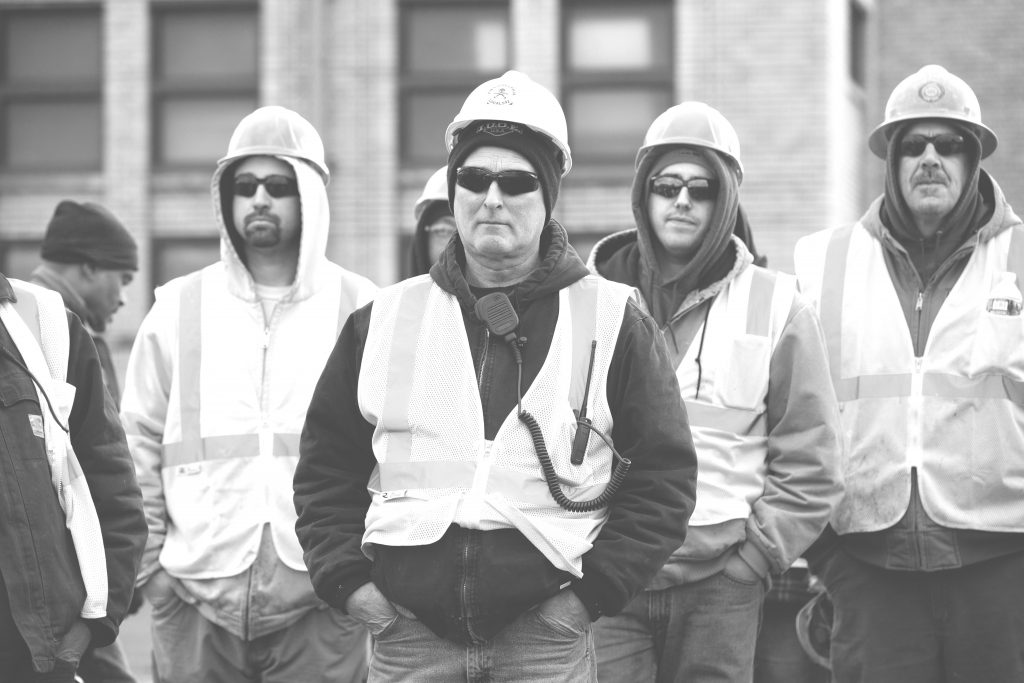
As we review, we’ll begin to envision a rough work plan on how we are going to carry out various phases and in what sequence, as well as rough completion dates, equipment needs, and other high-level project details.
What’s helpful for plant owners to keep in mind is how long they’d like the work to take, which will inform how the contractors determine what resources they’ll use for how long. At the same time, it’s important to maintain flexibility for their own timeframe expectations. After all, pushing too hard too fast can affect efficiency and safety, and a prescribed time factor will have a big impact on those.
Often the contractor with the lowest bid is either the most creative in their cost-saving measures or left a major component of the project out of the bid. Case in point: the lowest offer isn’t always your best bet, which is why vetting your candidates and understanding the processes being offered are crucial.
PART 3: DETAILED WORK PLAN & CRITICAL PATH METHOD SCHEDULE
Once a bid has been accepted, the contractor will commence development of a detailed and formalized work plan that establishes the how of every project phase. Necessary precautions such as safety, transportation, team organization and size, equipment usage, timelines, and various deadlines will all be factored into this comprehensive list of high-level tasks.
Universal waste and asbestos always need to be removed first, followed by recyclables to ensure they’re not mixed in with other wastes.
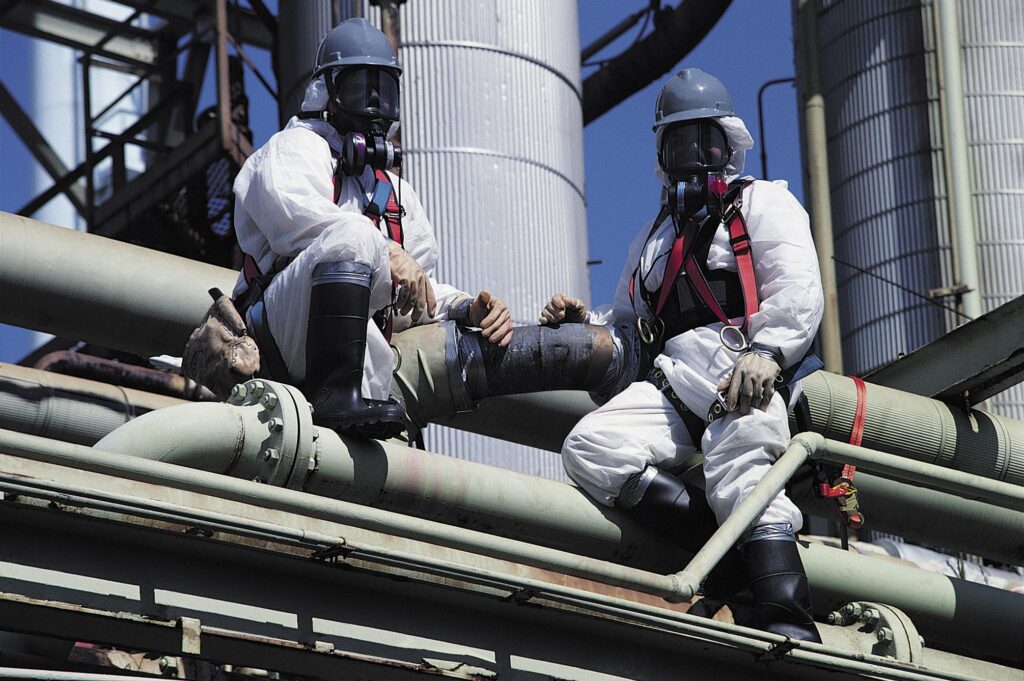
There’s a necessary order of how things are done to ensure optimal safety and efficiency, which represents the shortest time frame from start to finish, otherwise known as a “critical path method schedule.” The demolition process is a delicate balance of dominos, where one thing tipping over pushes the entire project over. Each building component of the plant has its own critical path, as does the project as a whole.
Work plans, which require tremendous collaboration with the safety director and project manager, will be developed in more detail after the critical path is determined. It’s a delicate, cohesive combination of processes that need to fit into a predetermined time frame and availability of resources.
PART 4: KICKOFF MEETING
The kickoff meeting is where our delicate internal process becomes external, and the work plans and critical path method schedule are presented and explained in detail to the plant owner and team. We turn over every stone to determine why various decisions were made, what timeframes we believe are adequate, and so forth. This is unifying everyone involved and getting them on the same page.
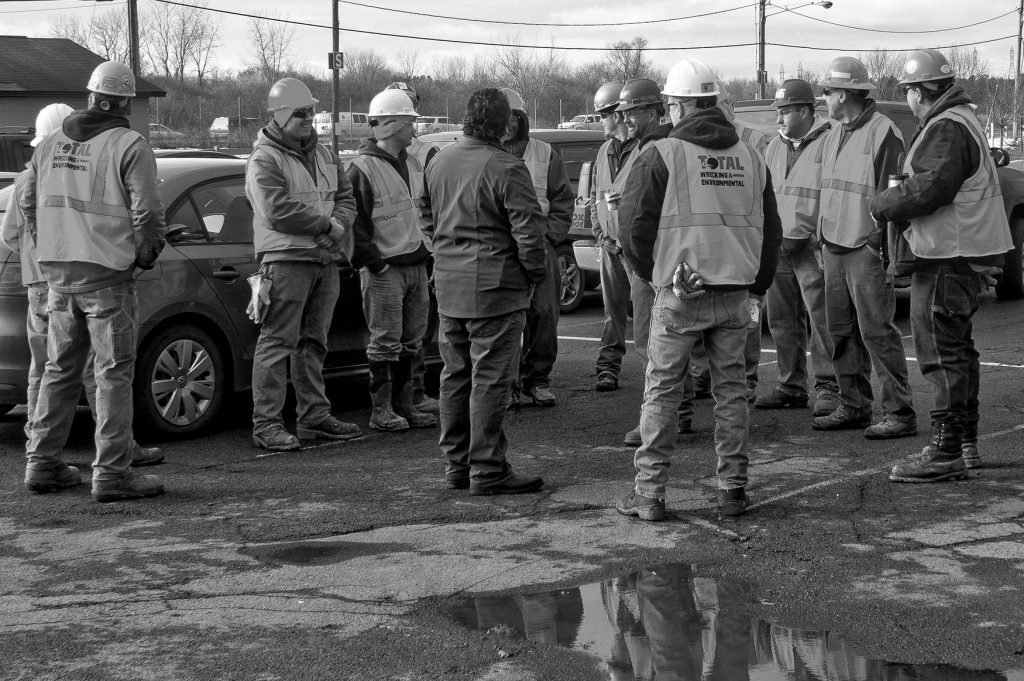
It’s also an opportunity to help our clients understand so we can solicit more helpful information and recruit their assistance in the process.
The preparation of project-specific plans, submittals, safety planning, and training activities all happen BEFORE mobilization, and we’ll ensure all employee certifications, physicals, and training are up-to-date and approved beforehand to ensure the safest possible sites.
PART 5: MOBILIZATION, PROJECT ENABLING, AND SITE PREPARATION ACTIVITIES
Once a plan is completely and thoroughly defined, we’ll begin mobilizing crews and equipment to your site to prepare for the demolition itself. This typically involves the movement of massive equipment (requiring carefully planned road travel) and housing for the crew (who, because of the project’s duration, will often live nearby).
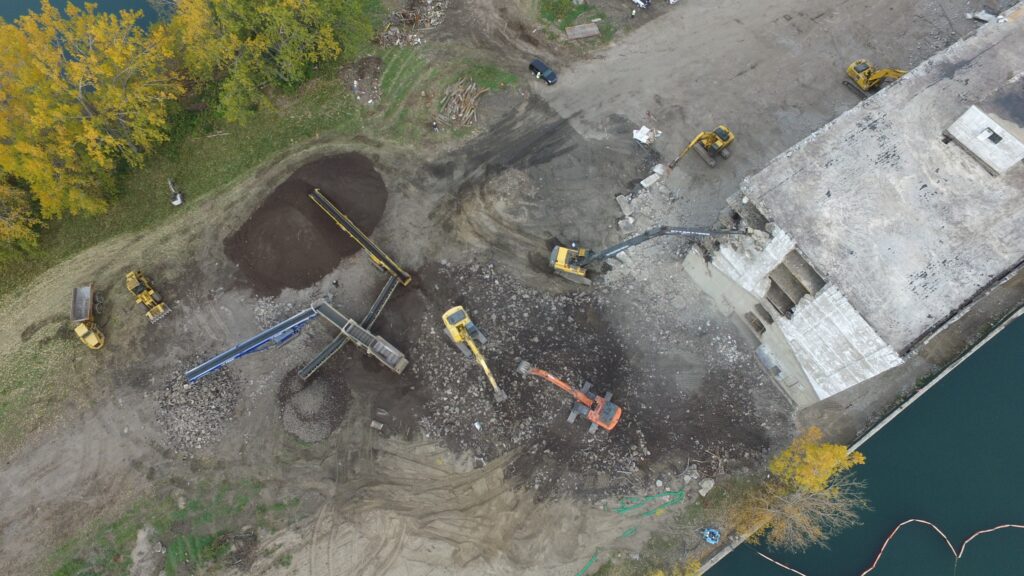
We’ll also begin the setup of other pieces of on-site equipment, fence our entire site, install erosion and sediment control devices, obtain necessary permits, install construction entrances, setup trailers, bathrooms, and water stations and ensure every other project-specific i is dotted and t is crossed.
PART 6: DECOMMISSIONING
Some facility owners decommission themselves, some will hire contractors, and others leave it to demo contractors. Generally speaking, it’s best managed by the facility management and maintenance staff teams simply because they’ll have invaluable, historical knowledge of the plant; their deep and specialized knowledge of processes and history extend far beyond what any subcontractor will be able to identify on a walkthrough.
If a facility is fully decommissioned and only asbestos and universal waste is left to handle, the process is much faster. This is another area where there’s a significant advantage to having former plant employees involved early on in the process so they can make short work of discovery items, answering questions and preventing surprises along the way.
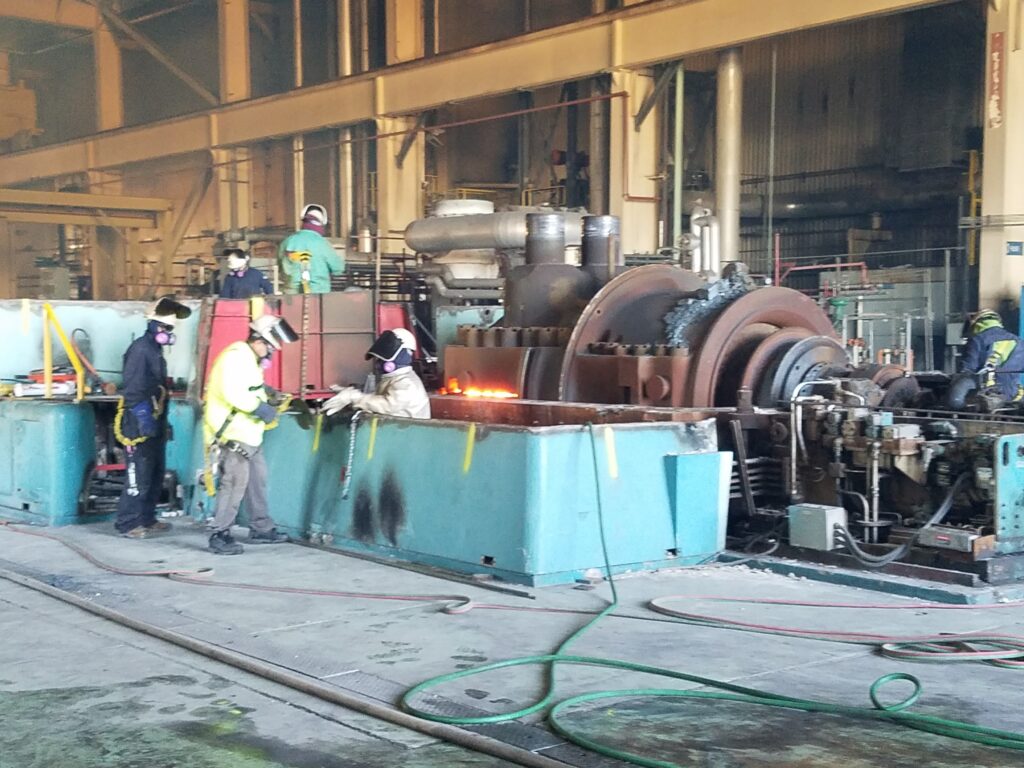
Recently closed plants will have a good sense of drawings, manuals, and documentation. Keeping your library of manuals, books, drawings and information that were used during the building and operating of the plant, in good order is invaluable to the success of the project. Conversely, mothballed facilities may not have those resources which will likely extend the overall process from the bidding stage to the completion of the project.
If your plant is cold and dark with limited to no power and the ash and coal systems decommissioning tasks have already been completed, it’s a much more streamlined process. Having this work completed or managed by the people most familiar with the systems will reduce the risk of undiscovered deposits of ash, coal, etc. That said, the responsibility is on the power plant owner to provide the necessary historical resources for accurate decommissioning and demolition estimates.
PART 7: REMEDIATION & WASTE REMOVAL
Environmental remediation, universal waste, hazardous material removal, chemical removal, etc. usually occur before the actual demolition. In some cases, where access can’t be gained, this process may take place during demolition activities. Throughout every phase of the process, we are studying and comparing work plans against field conditions in an effort to identify any potential missed hazard.
Environmental remediation involves the closure of coal fields, ash ponds, and on-site landfills, as well as the inspection and washdown of all ash and coal systems. The more coal and ash removed during this phase, the less risk during the demolition phase itself..
Because it costs significantly more and increases your liabilities to rely on off-site landfills, all permissible waste will stay at your landfill. All C&D waste and non-permitted waste, will go to an off-site landfill. This will ensure there will be no cross-contamination between waste and landfills.
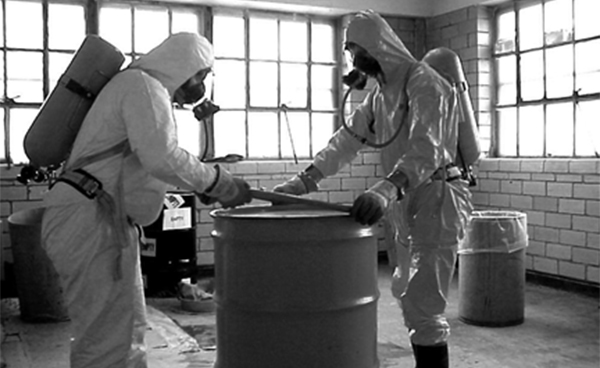
During this process, we’ll also clear lines, piping, and flushing of tanks, particularly those containing acids and amonias. Universal waste (including bulbs, ballasts, mercury switches, refrigerants, etc.) will all be carefully removed.
Asbestos, PCBs, and PCB-containing equipment are best left with remediation contractors specialized in handling these unique materials. Typically, power plants will have people equipped to handle the removal of these items themselves. This can also include any waste generated by water treatment and wastewater treatment facilities.
PART 8: ASSET RECOVERY
Asset recovery is often done before the demolition but can occur during and after as well. This phase requires an understanding of the pieces of equipment and items within the facility/power plant that are reusable, not as scrap but as they are in their current condition.
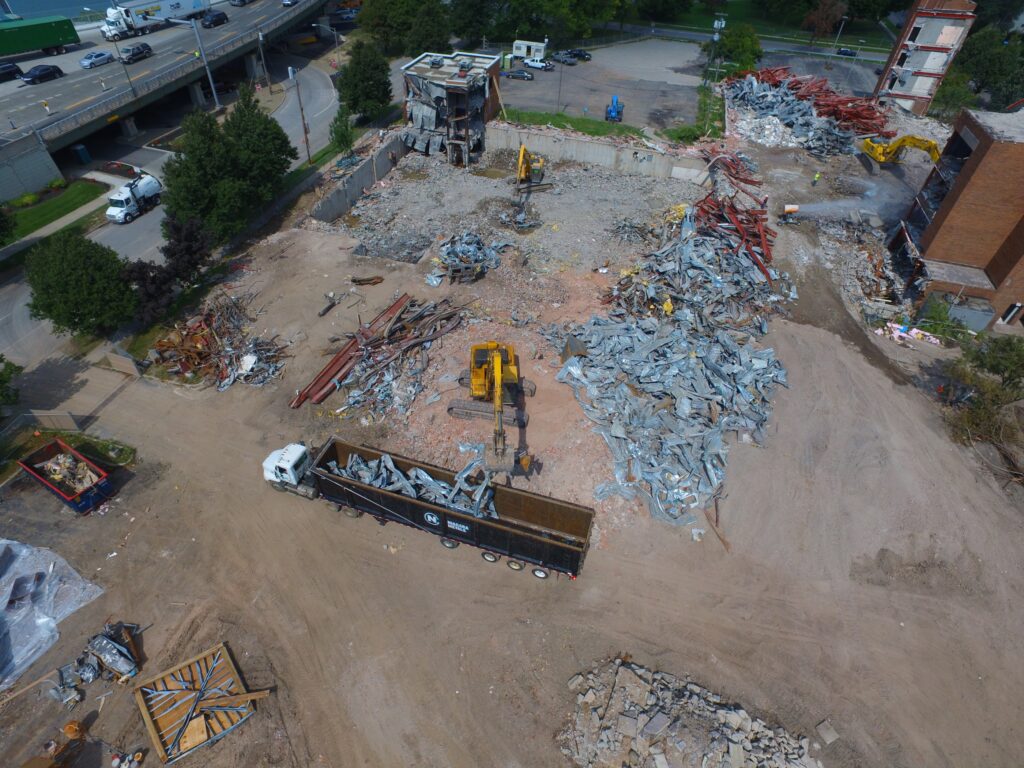
Valves often make up a large portion of recoverable assets because they’re reusable over a number of industries and can be salvaged for reuse. Other common assets include breakers, control panels, vibration monitoring equipment, tanks, vessels, pumps, and generators.
Total Wrecking has won a lot of jobs because of how thoroughly we’ve identified assets that can be reused instead of scrapped, a distinction that can often triple its value.
PART 9: DEMOLITION & WASTE MANAGEMENT
Demolition and waste management go hand in hand because the demolition process is more than just the dismantling of a building — it’s the management of that structure’s waste streams.
How a building is demolished is determined by its construction and waste streams. It’s imperative to keep the building’s various types of waste separated either before the demolition or as it evolves, depending on the site and its history. Waste management drives the decisions made during the demolition work plan.
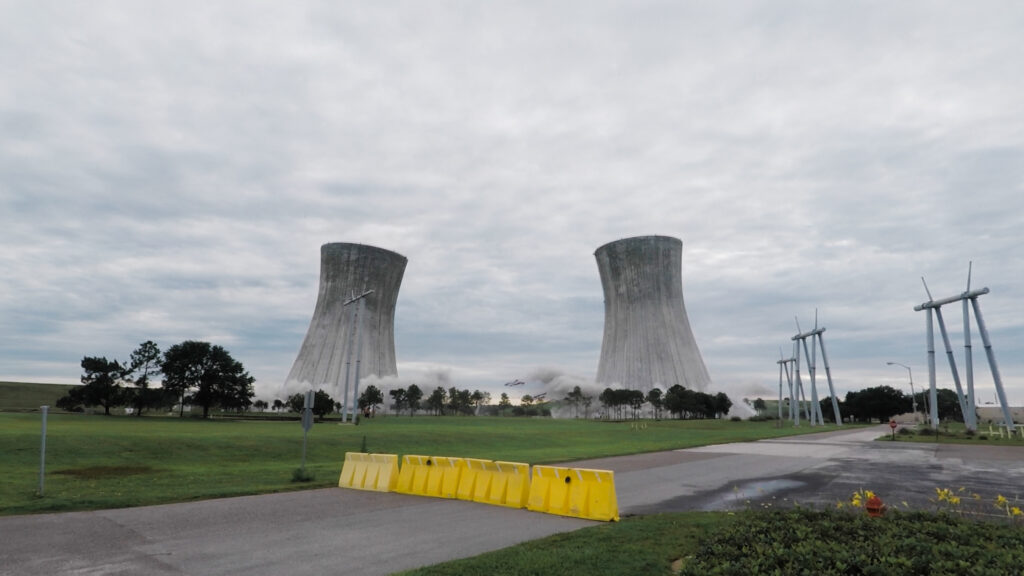
During the demolition process, our team is constantly recycling, making reusable materials out of concrete and brick as much as possible and loading out whatever demolition debris is landfill designated. Not only is it in the best interest of the environment, but minimizing waste has a positive effect on everyone’s bottom line and ensures the surrounding communities can thrive safely.
On average, Total Wrecking is able to recycle 97-99% of materials on a site. Because most structures are made of metal, concrete, brick, or wood, nearly every piece can be reused.
PART 10: CLOSEOUT
Project closeout is what we’re working towards from the day we step onto your site. It involves the definitive documentation of all work that’s been performed over the course of your project.
Throughout every phase of the process, we are diligently record-keeping items such as safety documents and procedures, waste manifests, landfill disposal manifests, and as-built reporting to name a few. As we’re conducting removals, we’re creating drawings that become record documents that add value to the property afterwards by providing a comprehensive overview of every single task that’s been completed. This is necessary for you, the owner, to have a complete record of your final product.
We deliver a complete project document that shows what was sold for reuse, what was disposed of, what was scrapped, the disposal of all waste, etc.
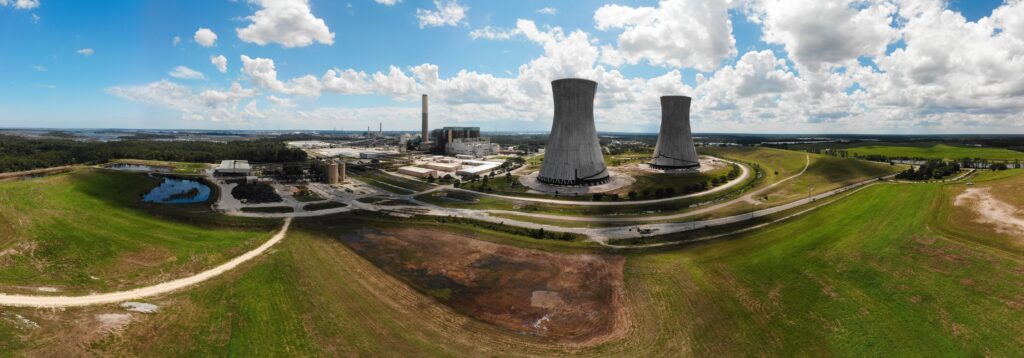
A closeout submission is the delivery of this final document, and certain on-site activities are included in this. We’ll walk the entirety of the property with the owner afterwards to discuss any potential loose ends and ensure all equipment and facility support is complete on-site, before closing out permits.
Yes, this is only the last 5% of the process, but we pride ourselves in taking the last 5% as seriously and importantly as the first 5%.
Total Wrecking often has a ceremonial event at project closeout to recognize and thank everyone involved on the owner/project manager side, as well as the community at large, we always ensure we give back to the communities we serve.
CONCLUSION
Not so bad, right? This is obviously an extremely high-level overview of a demolition project, but you can safely consider it a comprehensive look at every arm and leg of the process. If properly understood, it should hopefully better prepare you to make an informed decision about the best future for your power plant and site.
If you’re ready to commit to an industrial power plant demolition, the sooner you involve a demolition contractor, the better. At Total Wrecking, we’re recognized nationwide for our flawless safety record, professional integrity, and strict adherence to your timeline and budget.
We’re ready to get started as soon as you are, and we’re happy to guide you every step of the way. Please contact us if you would like to understand the process in further detail or simply give us a call to schedule your site inspection and get started.

